Have you lost a tooth due to any decay, or accident?
Are you noticing chips, cracks, or other signs of damage on otherwise healthy teeth? You’ll be amazed at the advanced tooth replacement and repair options available to you today.
So, the best possible option for your oral health and your general health would be to exchange each tooth with an implant, as implants are the closest thing to restoring a natural tooth. However, this feature isn’t always realistic as single implants are often quite expensive, putting them out of reach for several people.
In case you are short of budget, it doesn’t mean you can’t revisit this feature at a later date when your budget permits. While it’s certainly reasonable to attend and obtain implant surgery at a later date, there are other, more affordable solutions for restoring missing teeth as well!!!
Following are some options to deal with missing teeth, read on to know more…
Implant
Dental implants are designed to artificially replace a natural root and are inserted into the jawbone to support a restorative or replacement crown, bridge, or denture. They are the simplest solution for people missing one or more teeth after an injury, periodontitis, or other oral ill-health.
Benefits:
- Success rates of treatment are more than 95%.
- They are durable and permanent.
- Minimal maintenance is required aside from good oral hygiene and professional dental checkups and cleanings.
- Feel natural and cozy and supply the simplest aesthetics.
- Only tooth loss solution that forestalls jawbone loss.
- Teeth adjacent to the gap don’t get to be modified.
- Can be more cost-effective within the long run, because of the long lifespan of the treatment.
Although implant treatment is costly, it is often more cost-effective within the long run as implant restorations won’t get replaced as often as a dental bridge. Additionally, an implant protects the jawbone and also the gum tissue.
All-on-Four Implant-Supported Dentures
In this treatment, two implants are inserted right at the front of the arch within the positions previously occupied by your front teeth.
The remaining two implants have placed on either side and at a 45° angle tilting towards the rear of the mouth. The overdenture can clip over the dental implants using some special attachments on its fitting surface.
Benefits:
- Affordable, as less number of implants are required to support an entire arch of teeth.
- More stable and powerful than dentures.
- Make it possible to enjoy a wider sort of food compared to dentures.
- Can be constructed without a palate so it’ll feel less bulky and eating is going to be more enjoyable because you’ll be ready to taste food more easily.
- Can easily be removed for cleaning.
It’s often possible to load the implants quite soon after treatment and patients could also be ready to receive their new implant-supported denture just hours or each day or two after surgery.
Implant-Supported Fixed Bridge
With an implant-supported fixed bridge, it’s not necessary to exchange every single tooth with one implant. Instead, the implant-supported fixed bridge will restore several missing teeth and this feature can exchange an entire arch of teeth. The number of implants required can vary with the sort of implant suggested by your implant dentist, and therefore the number of teeth being restored.
An implant-supported bridge looks very almost like a tooth-supported fixed bridge and may either be cemented or screwed into place. Sometimes an implant dentist will prefer to screw the bridge onto the implants as this makes it easier to retrieve the bridge should it need cleaning or repairing. The screw holes within the bridge are covered up with tooth-colored composite resin so that they are virtually invisible.
Benefits:
- Provides excellent aesthetic results.
- Feels and appears very natural, making it easy to talk and to eat virtually anything.
- Easy to seem after and maybe brushed and flossed a bit like a standard tooth-supported fixed bridge.
- Cost is lower compared to replacing every single tooth with one implant.
- No need for your dentist to tyrannize healthy
Tooth-Supported Fixed Bridge
A tooth-supported fixed bridge is that the commonest alternative to having implant-supported restorations, particularly where one tooth is missing. A tooth-supported fixed bridge has two crowns, normally fitted onto the teeth on either side of the gap.
This type of restoration is permanently cemented in situ. It is often made up of a variety of various materials that include gold, valuable alloys, and porcelain, or a tooth-supported fixed bridge could also be made up of a mixture of those materials.
Benefits:
- Feel and perform a bit like your real teeth.
- The procedure is extremely straightforward and treatment will normally only take two or three weeks to finish.
- Maintenance is straightforward, as a hard and fast bridge can simply be brushed and flossed.
- Cost-effective for replacing missing teeth and is a smaller amount expensive than implant-supported teeth.
- Treatment is comparatively low risk – if the bridge fails then it can generally get replaced quite quickly and painlessly.
People in these situations can obtain better and more predictable results through employing a fixed dental bridge. Treatment can be completed within a couple of weeks instead of the several months which are required for implant treatment.
Removable denture
A removable denture is meant to exchange one or more missing teeth within the same arch and which can or might not be adjacent to every other. The denture consists of an acrylic base which is usually strengthened with a Cobalt chrome metal framework.
It will frequently have metal clasps that fit over your existing teeth, holding the denture firmly but still allowing it to be easily removed. Some are made up of versatile nylon material and these have clasps made up of gum-colored nylon so that they are less visible within the mouth.
Benefits:
- Less expensive than fixed bridges or implants.
- Very effective at filling within the gaps in between teeth and restoring your ability to smile.
- Restoring missing teeth can help improve your speech and your ability to eat comfortably.
- Sometimes possible for extra teeth to be added to the denture.
- The procedure is non-invasive and comparatively quick.
Removable partial dentures are often an honest option for people that cannot afford dental implants, or who don’t have natural teeth that are strong enough to support a hard and fast bridge.
Removable Complete Dentures
Removable complete dentures rest on top of the gums and are a low-cost and non-invasive alternative to implant treatment. Dentures contain an acrylic gum-colored base to which denture teeth are attached.
Benefits:
- Can significantly improve the appearance and should help to extend self-confidence by replacing teeth that will are worn down or decayed.
- Provide the right support for the muscles within the cheeks and lips, restoring facial dimensions and creating a younger appearance.
- Can help improve speech and therefore the ability to eat
- Affordable and treatment is comparatively fast.
- Look quite natural as they are available in many various shapes, colors, and sizes, while gum tissue is often closely matched to your natural gums.
- Can be relined or altered to accommodate the dynamic shape of the jawbone.
They can be an honest low-cost solution for replacing an entire arch of teeth. They’re also good for anybody who doesn’t wish to undergo implant surgery, or who isn’t an appropriate candidate for treatment.
Resin-Bonded Bridge
A resin-bonded bridge is usually called a Maryland bridge or a Rochette bridge and tends to only be wont to replace front teeth. This is often because it’s relatively fragile and is unable to face up to the chewing forces created by back teeth. It consists of two wings that are attached to the abutment teeth on the tooth surfaces nearest to the tongue, and therefore the wings are attached to the replacement tooth or pontic.
A Rochette bridge has holes drilled into the wings to assist increase this retention. It’s a far better solution than a removable denture, but it isn’t as strong or as permanent as a hard and fast bridge and it’ll not function also as implants.
Benefits:
- Cheaper and fewer invasive than a hard and fast bridge supported by your natural teeth.
- Restores your ability to smile and to eat and speak.
- Provides the right amount of support for your lips.
- Prevents your remaining teeth from drifting out of place.
Flipper – a short-lived Replacement Option
A flipper tooth may be a temporary denture that’s wont to restore one or more missing teeth. Its purpose is to fill in any unsightly gaps so that you’ll smile and talk without feeling self-conscious. A flipper tooth is merely used until a more permanent replacement is often fitted.
Benefits:
- Treatment is extremely inexpensive.
- Fabricated before tooth extraction and fitted right after a natural tooth is removed.
- The process requires fewer trips to your dentist compared to a more permanent denture.
This type of restoration is only for temporary use, so they are often useful while you opt the way to more permanently restore a missing tooth, or while expecting implant treatment to be completed.
No one but you and your dentist got to know when you simply need to have teeth implants. They help in the restoration of a natural smile improving comfort and confidence. For most dental problems, implant treatment is increasing the patient’s preferred option.





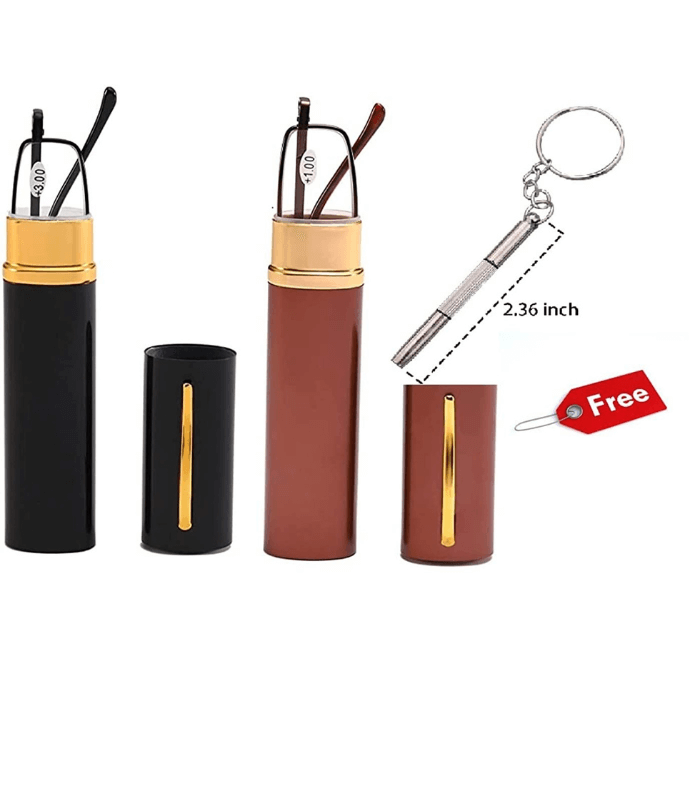
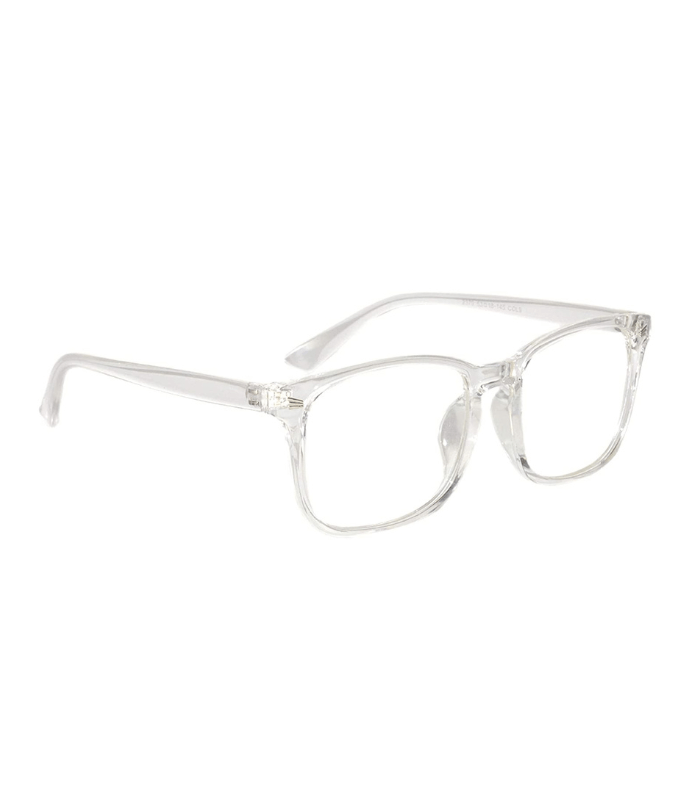
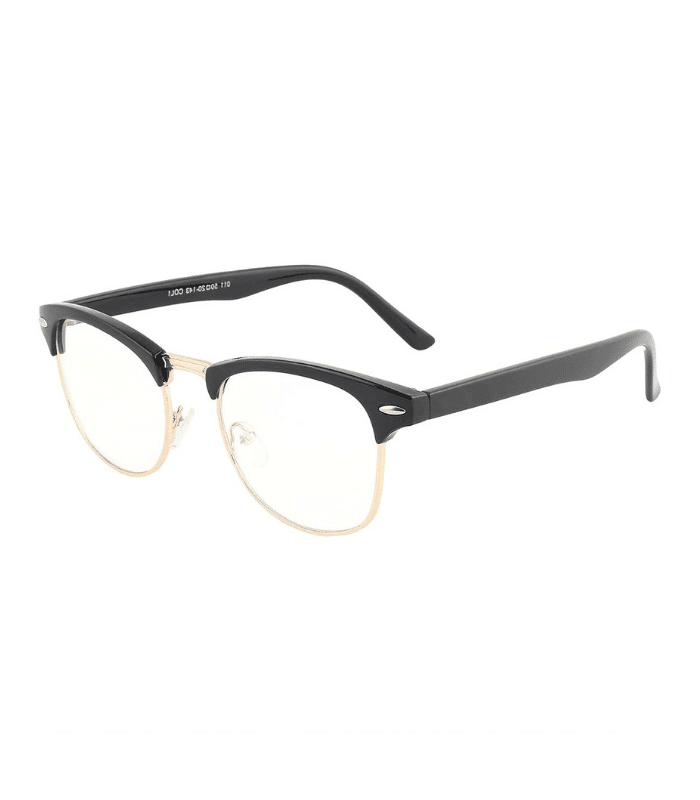





























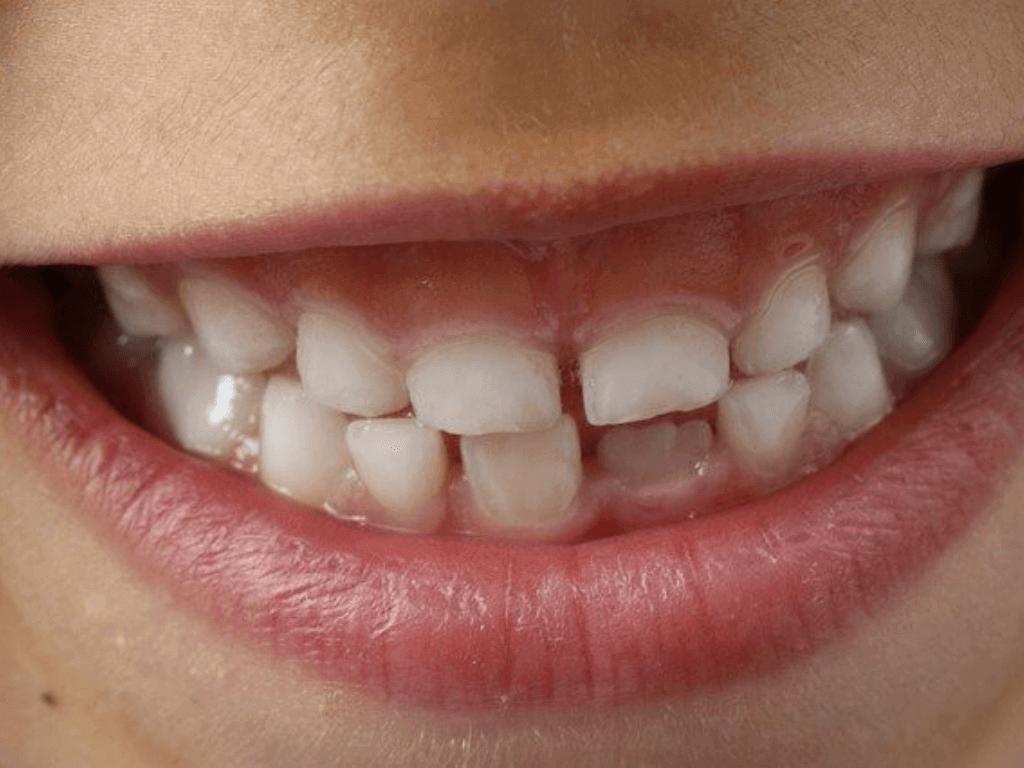

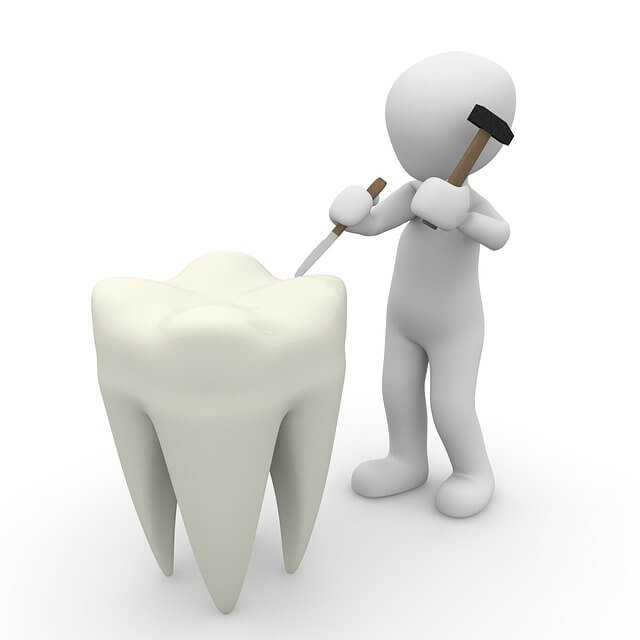








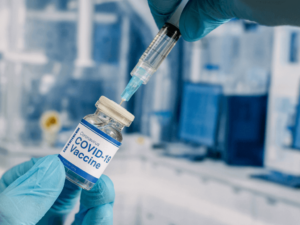

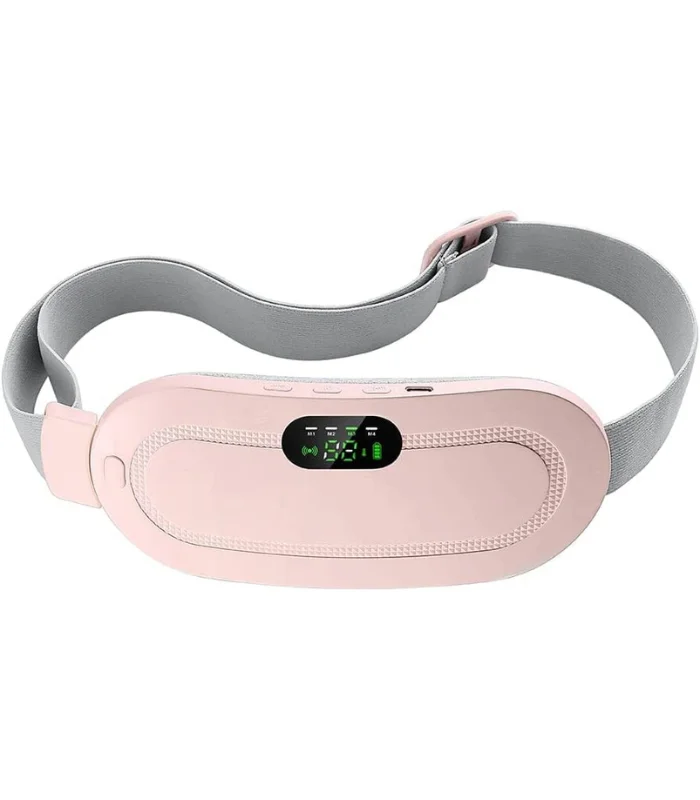


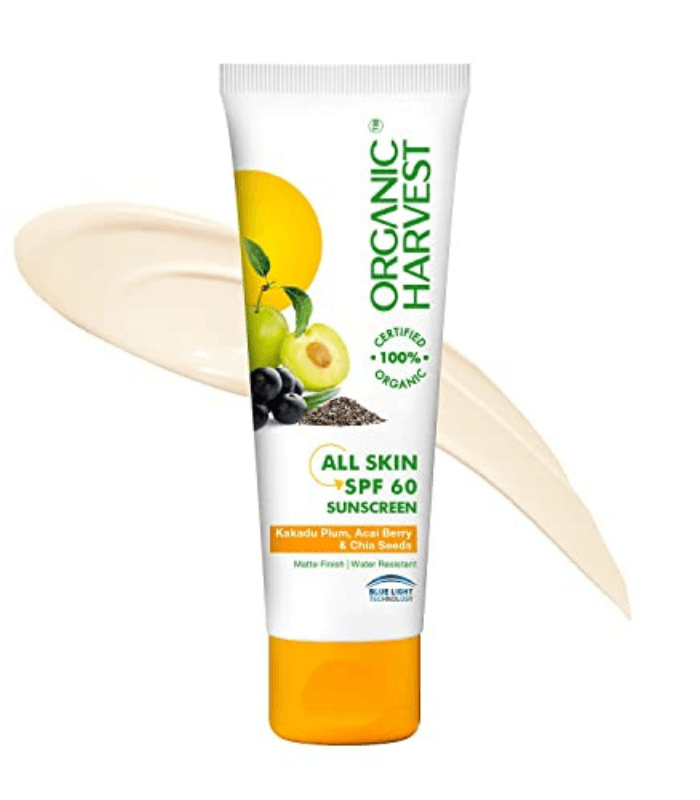
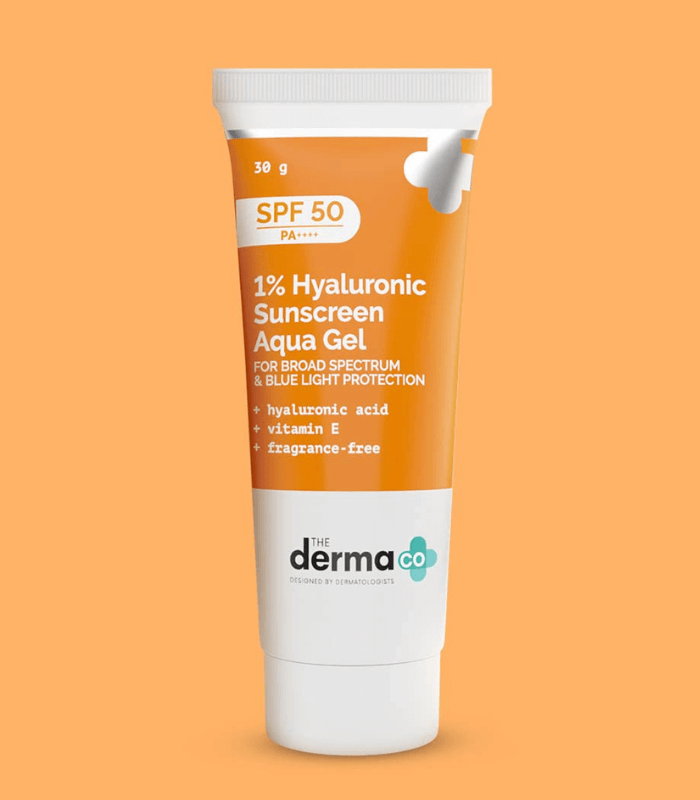
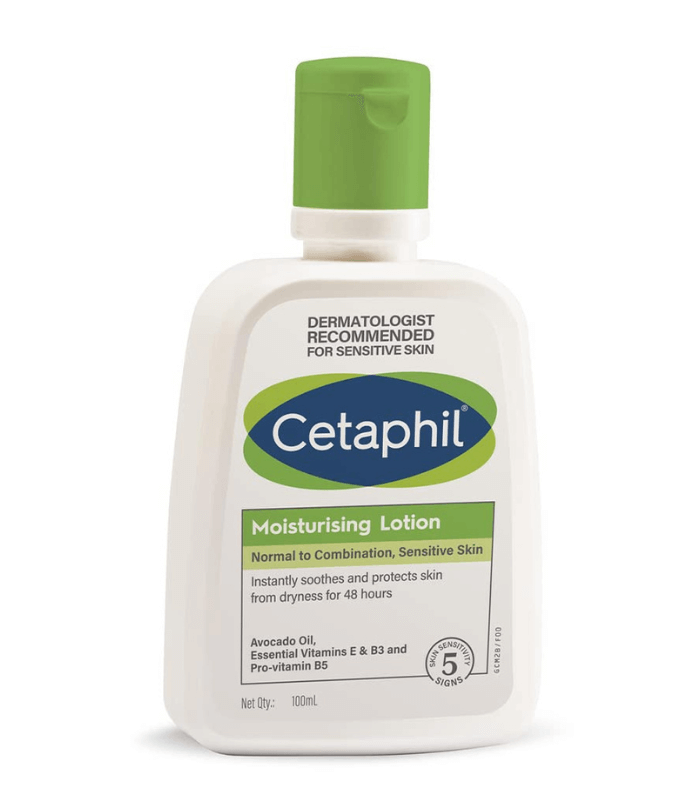



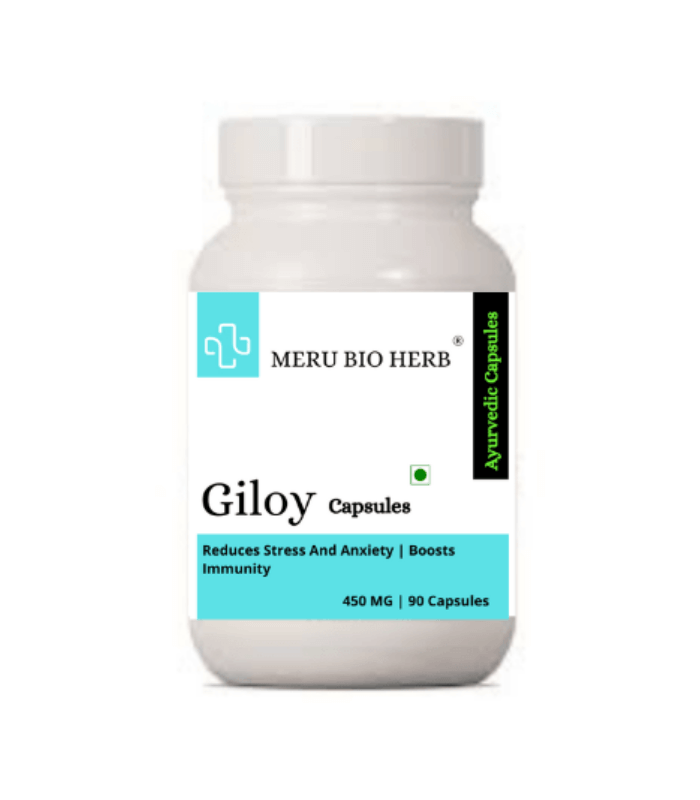



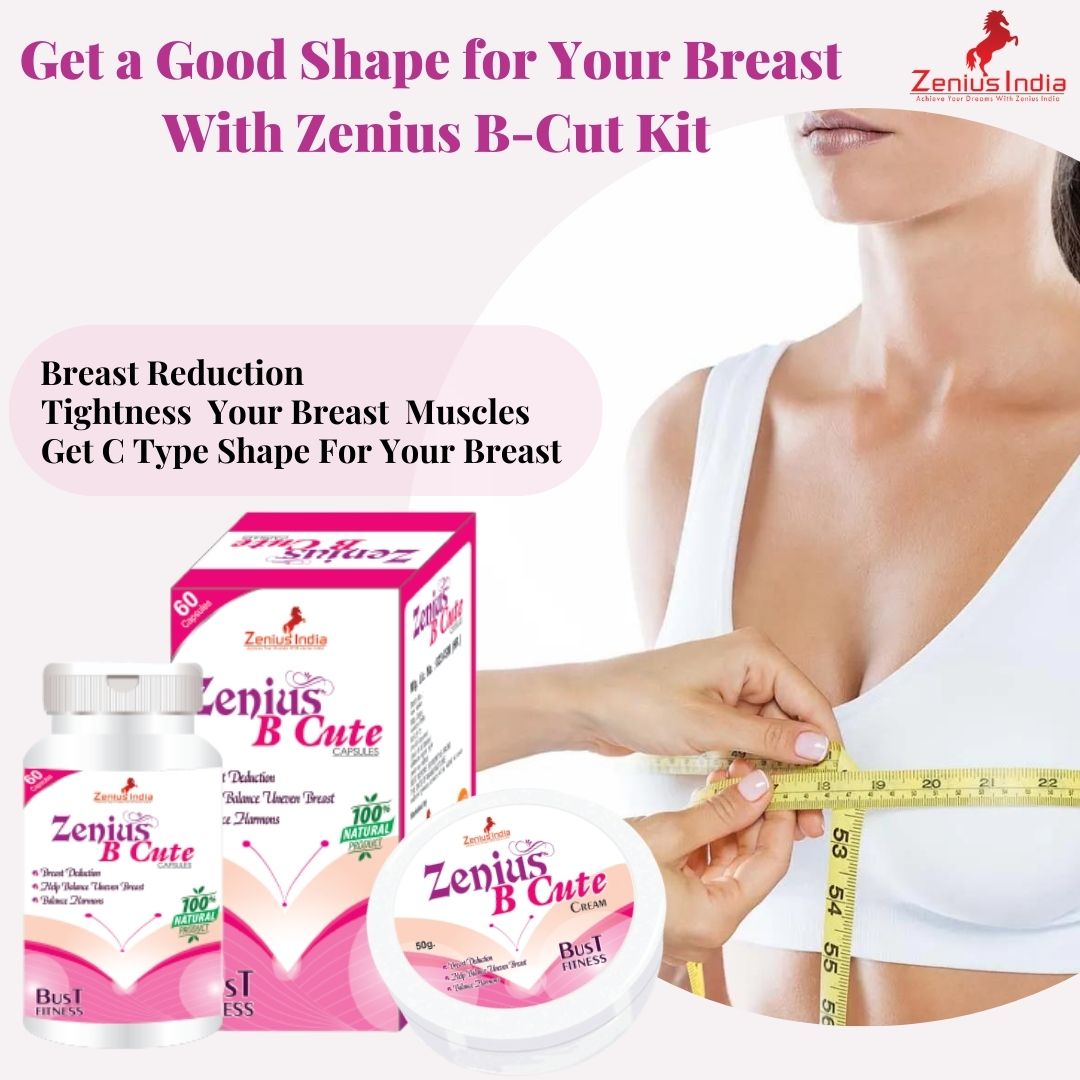











Nice Information.
Information given is very knowledgeable. Loved it!!!
Enjoyed reading the blog really explains everything in detail,the blog is very interesting and effective?
nice article on dental issues
nyc article